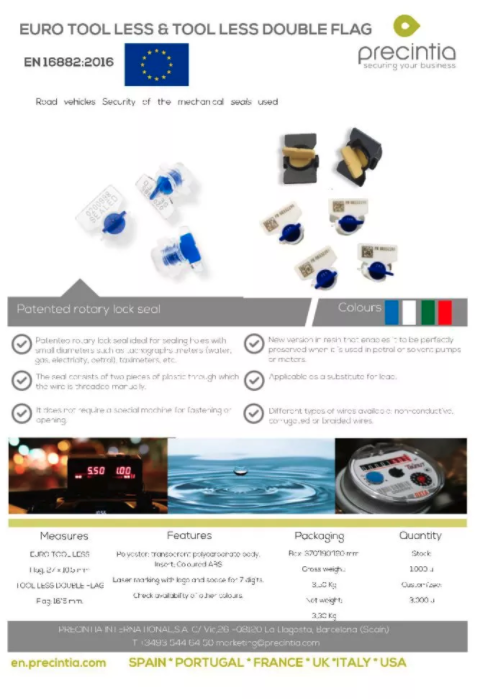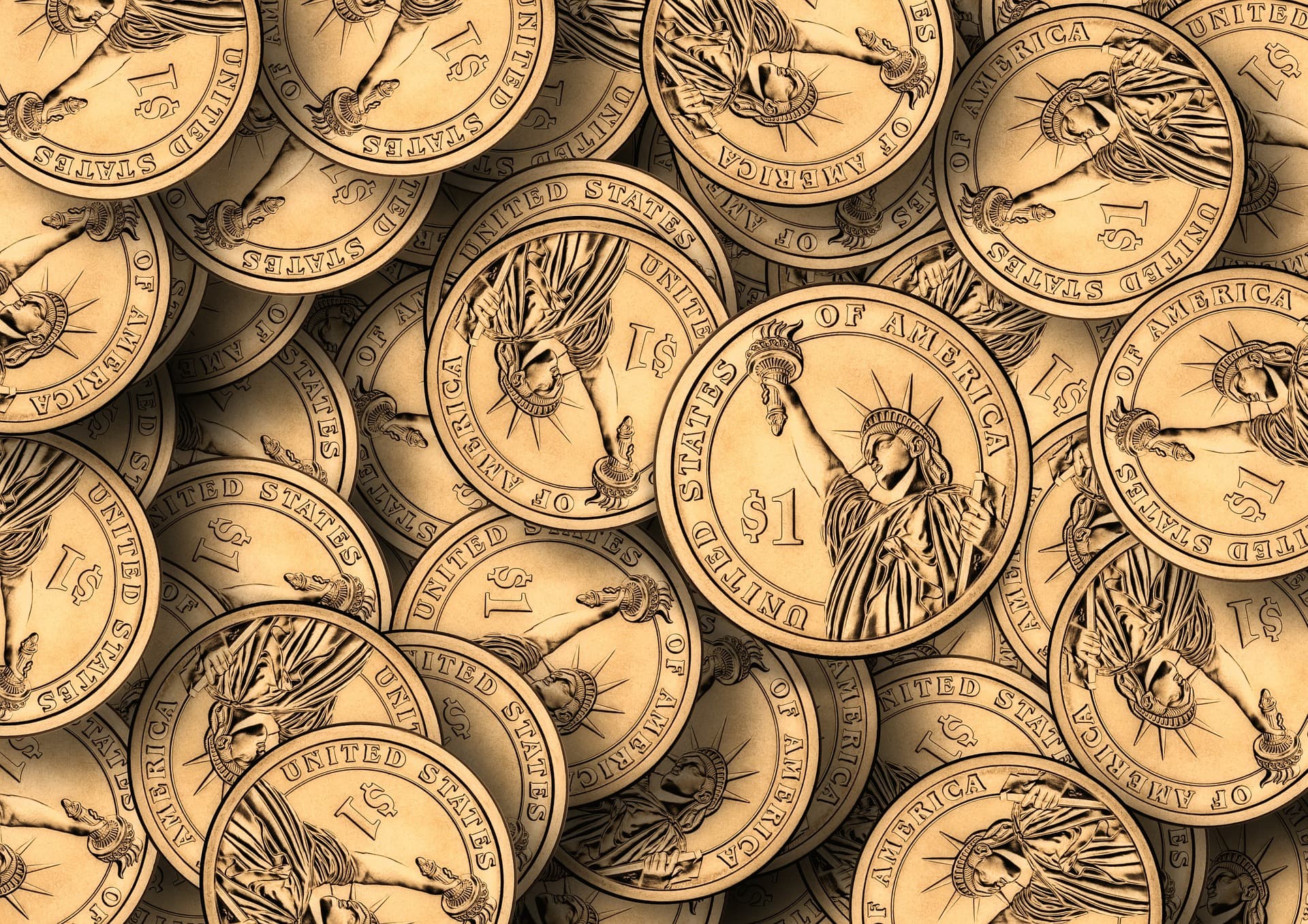This website uses cookies so that we can provide you with the best user experience possible. Cookie information is stored in your browser and performs functions such as recognising you when you return to our website and helping our team to understand which sections of the website you find most interesting and useful.
Blog
Food traceability: What is it and why is it important?
Food traceability makes it possible us to trace all the steps a food has taken from its origin, through its transformation process until it ends up with the consumer. It is an essential system for controlling the risks that can affect the food supply chain.
Why is food traceability important?
Food traceability systems are key to maintaining food safety at all the stages food passes through. Should an alert be detected, they are able to guide us to find the source of the problem or fraud.
The main objectives sought for complying with food traceability are:
- It provides accurate information to the consumer.
- It guarantees the quality of the product (it works as a quality control system).
- It tests and certifies the withdrawal of food from the market.
In a practical case, traceability systems make it possible to detect where contamination has taken place. For example, if some steaks have poisoned diners in a restaurant: Was the problem with the shipment of meat and so you have to order its withdrawal? Was there a failure in the conservation of the meat? Or was the problem one of contaminated animal feed at source? The traceability system will have the information to provide the answer to these and other questions: it will just be necessary to analyze it with the thoroughness of a detective.
Who must guarantee traceability?
Regulation (EC) 178/2002 of the European Parliament and Council specifies the obligation to comply with a food traceability system for the following agents:
- Participants in the supply chain: any agent which participates in each link of the chain. This includes farmers or breeders, producers, transporters, distributors. They must take part in the food traceability system because they must take responsibility for collecting the affected food and for informing authorities and consumers.
- The State: the Ministry of Agriculture, Fisheries and Food must control the production and processing of food to ensure that the agents in the supply chain comply with the relevant European regulations. If an incident takes place, it is the State which ensures that each agent fulfils its role and obligations, with the ultimate goal of guaranteeing food security.
- The European Union: as we have mentioned before, the EU issues European legislation on food traceability, to be applied by all member states. In addition, it regulates quality and safety standards and, when appropriate, coordinates actions between the authorities of the various member states . It may also impose import and export restrictions.
Elements that identify the products and ensure their traceability

Most goods are identified through labelling. This contains a basic barcode that must comply with international standards in terms of food traceability. Many companies are also opting for the use of RFID technology because of the associated advantages. In this sense, for some products (e.g. ham), security seals play a fundamental role, since, thanks to their versatility, it is possible to efficiently transfer information related to the food in question and, at the same time, to ensure there is no fraud.
The application of a food traceability system benefits all the stakeholders: the final consumer is correctly informed, while companies are more productive (they register fewer failures in their processes) and, finally, the health authorities are able to manage any incidents that might arise more effectively.






